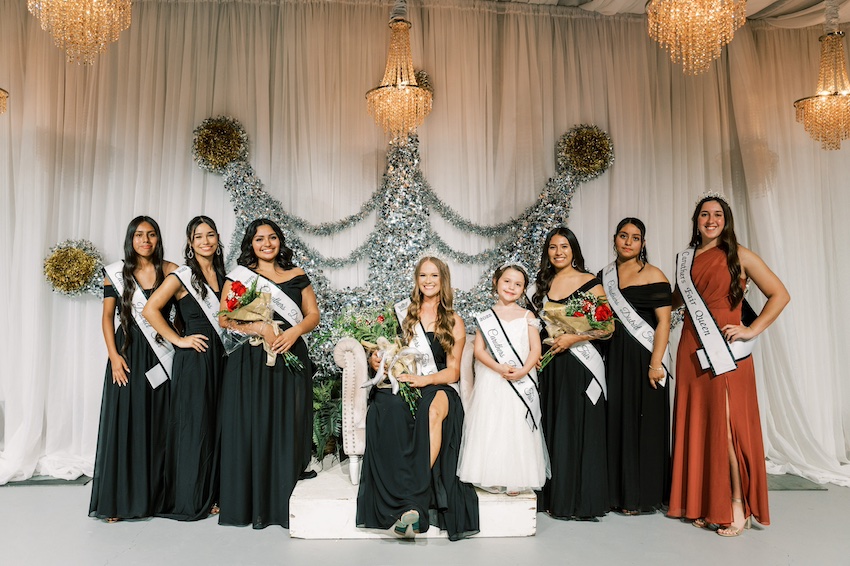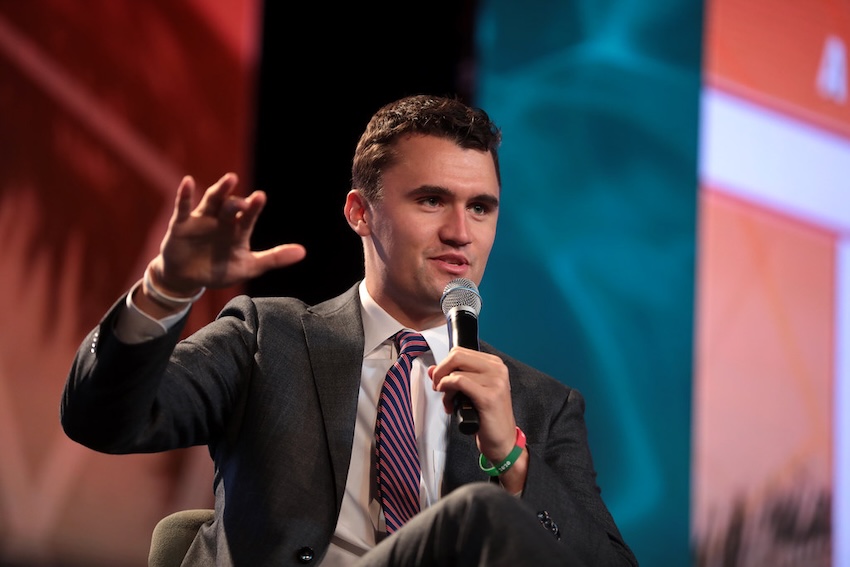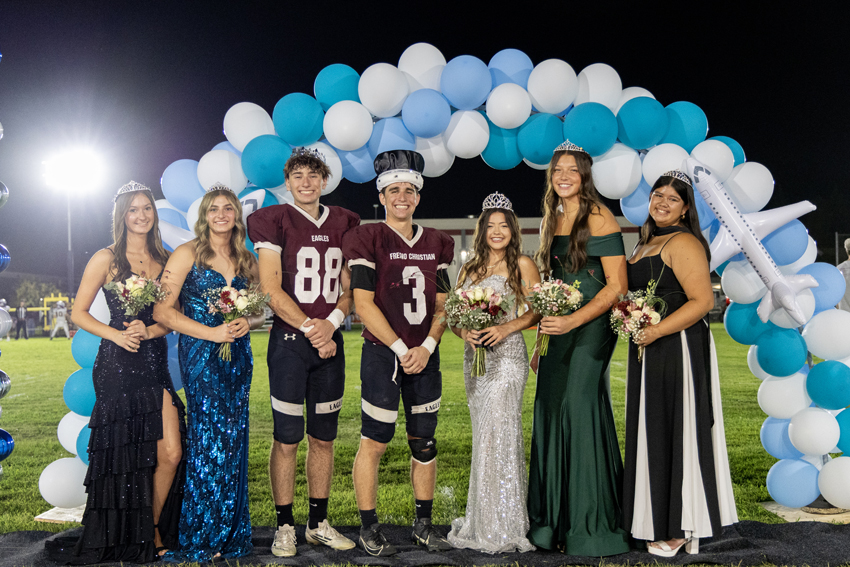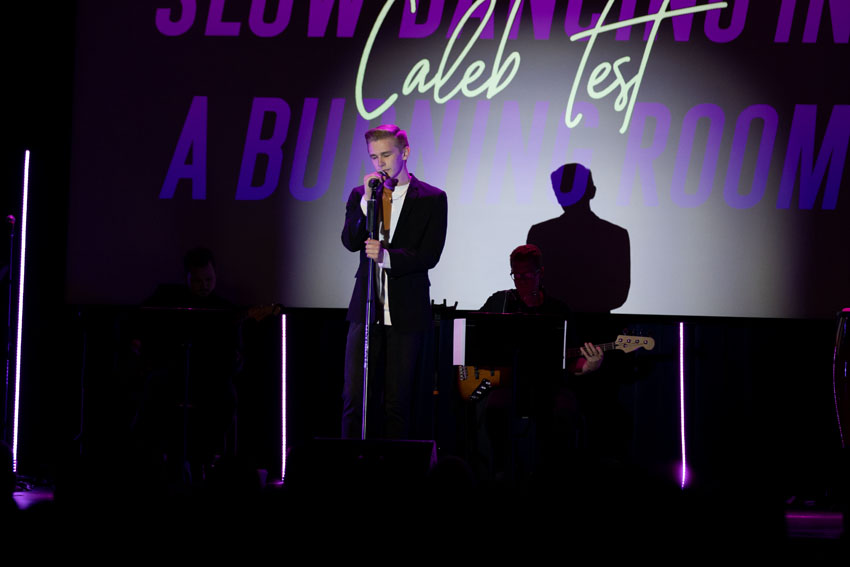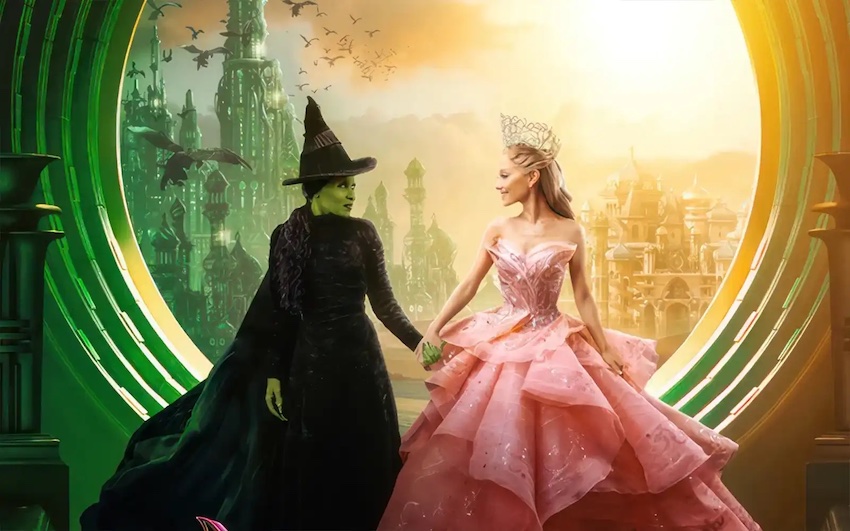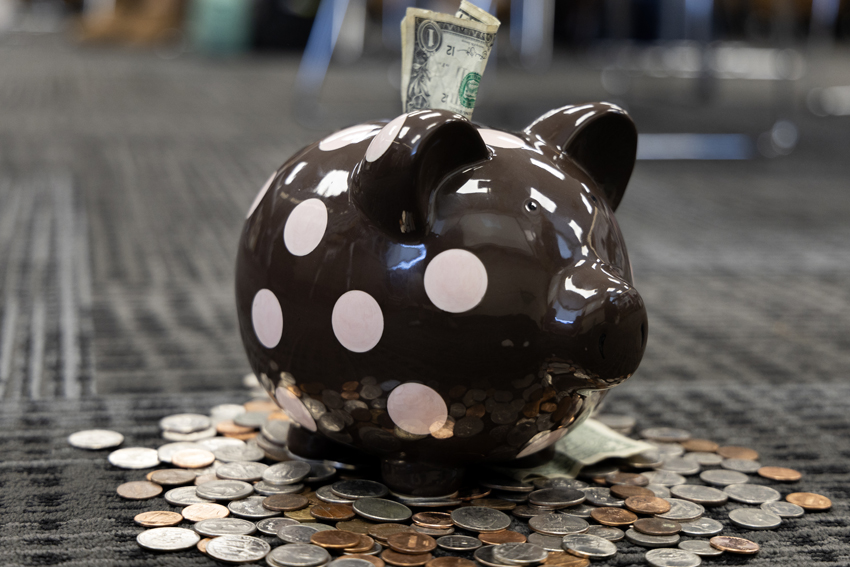To change up the usual curriculum, some teachers will incorporate different subjects to add depth to their assignments. This year home economics teacher, Sharon Scharf, introduces pieces of American history to her class in the form of hoecakes.
American history is a required class needed in order to graduate. Due to limited time the history classes cannot always go into details about everyday life of historical figures such as George Washington. Scharf feels it is good to teach students the details of their lives to show how wealthy people may have eaten back then.
Scharf was motivated to add the hoecakes to her class plans because she took a trip where she gained historical information herself.
“This summer, I took a trip to George Washington’s grist mill and distillery,” Scharf said. “I learned all about how George Washington wanted his grist mill to be a granary. So I thought, ‘Hey, I always try to incorporate other subjects into my class, how about a little American history?’ I decided to make the hoecakes because they were one of George Washington’s favorite breakfasts.”
The term hoecake came from the griddle they would cook the cakes on, which was sometimes called a hoe. It is basically a pancake made from corn meal.
Scharf learned all about the history of hoecakes and how they were prepared by the servants every morning.
“They are really a corn pancake and sometimes they were called ‘Indian corn cakes,'” Scharf said. “A hoe was a griddle they used to cook these cakes, so the name ‘hoecakes’ evolved. That’s why pancakes are sometimes referred to as ‘griddle cakes.'”
Scharf visited Mount Vernon and the Grist Mill this summer while visiting her daughter. Her trip resulted in her idea to make hoecakes for her home economics class. She then incorporated the history of these hoecakes into the lesson.
“I think that this was a good idea because it showed how George Washington lived at home and not as the president,” Scharf said. “Teachers never teach about the personal lives of historical figures. My goal here is to educate the students about how a president may have lived in the 1700s.”
Seventh grader Maicy Luginbill has home economics with Scharf as her first period class. She enjoyed making the hoecakes because they were delicious, she said.
“I loved making the hoecakes because we got to eat them after,” Luginbill said. “We learned about how George Washington would eat them every day. He liked to smother them in butter and syrup for breakfast.”
While most students are generally pleased with making the hoecakes, some do not like the idea. Ashlyn Key, ’13, was not impressed with the hoecakes.
“They weren’t like the pancakes I expected them to taste like,” Key said. “They needed to be sweeter. The texture was also a little weird because it was grainy. I had to smother them in butter and syrup to make the taste better.”
Even though it was her idea, Scharf is not the only one teaching this lesson in her class. Judy Richards, who teaches second period home economics, also baked these hoecakes for her class.
“I think this will definitely educate the kids in the history of George Washington,” Richards said. “Some of the kids were interested and some were not, but I enjoyed making them anyway. Mount Vernon is very important to our country’s history so I think this is a great project.”
Believing that this will go into a little more detail of Washingto’s life, Scharf is confident that her students will enjoy the extra history lesson.
“I believe this applies to history in the sense that we go deeper into George Washington’s life,” Scharf said. “We are teaching about his dietary likes and dislikes. It is a really fun project.”
American history teacher, Jordana Siebert, encourages the extra lesson in a different class. She also appreciates the interaction between different subjects.
“I think that it’s a great thing that Mrs. Scharf is teaching history in her home economics class,” Siebert said. “We don’t always have time to go into the details about what was going on in homes and kitchens. That is definitely good context that they could use in histoy class.”
Although these hoecakes may just seem like a knock-off of the pancake, they are much more than that. They are a small part of our country’s history and the fact that they are still around proves that they mean something.
For any questions, please contact the office at (559) 299-1695, ext. 125 or email them at [email protected].
For more features, read the Sept. 5 article, Chaffee Zoo opens $10 million exhibit (VIDEO).

